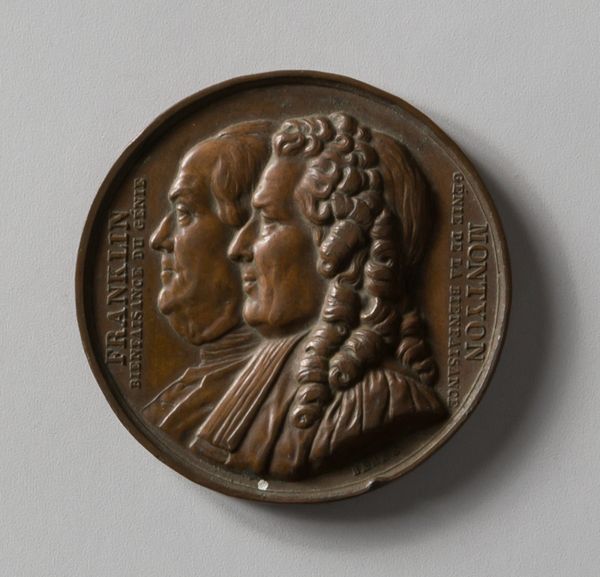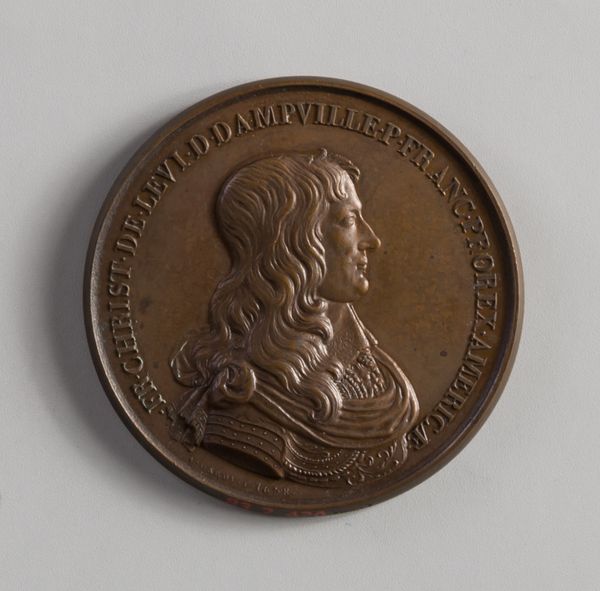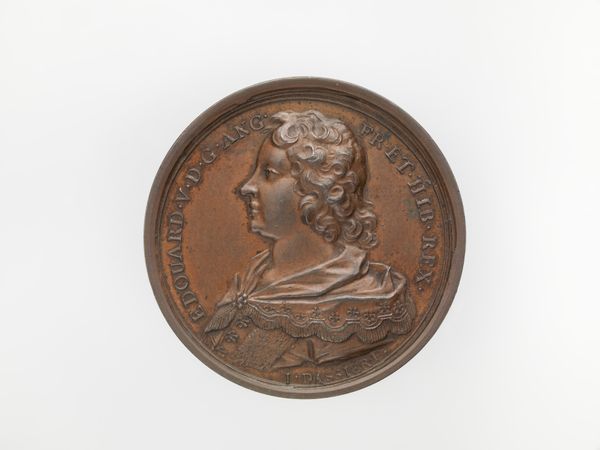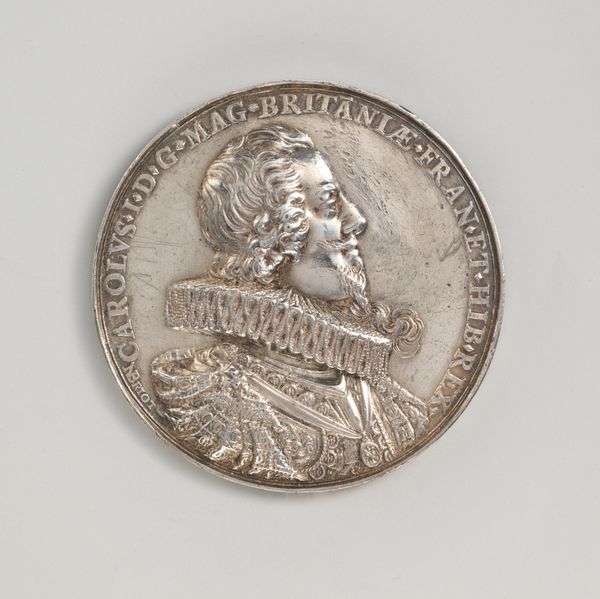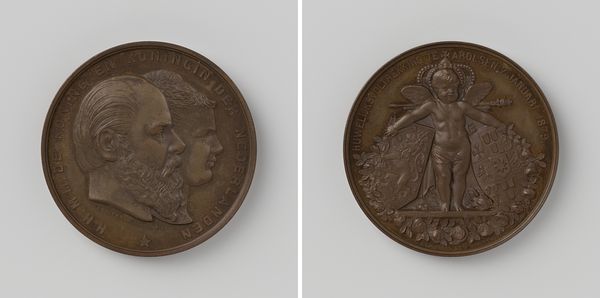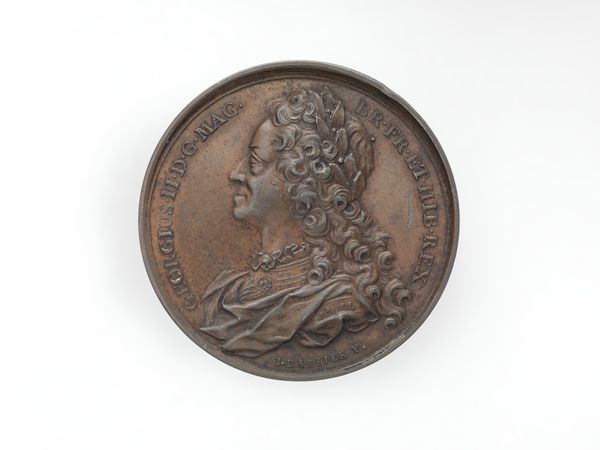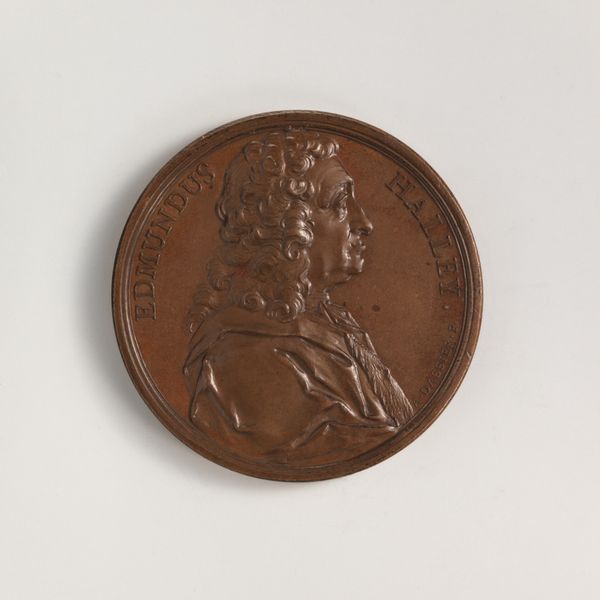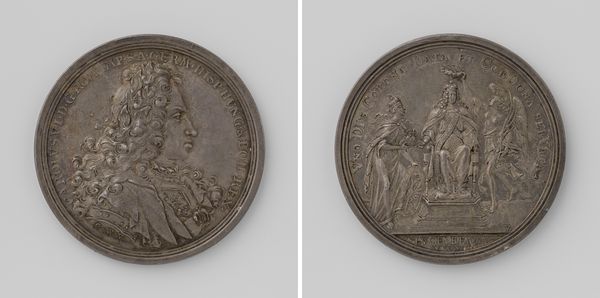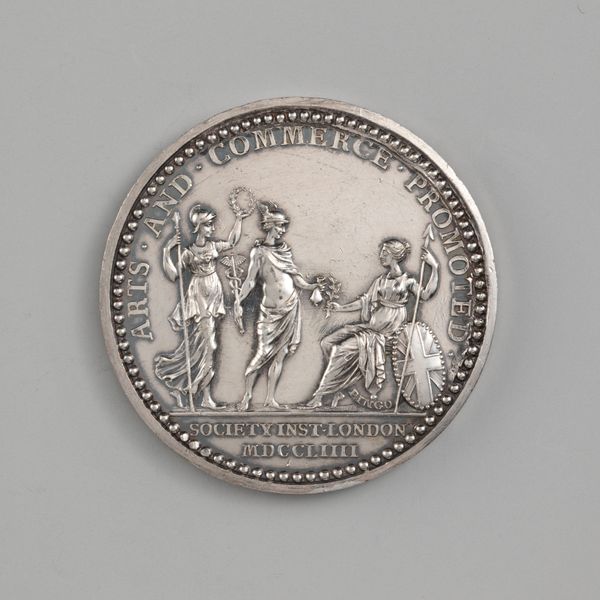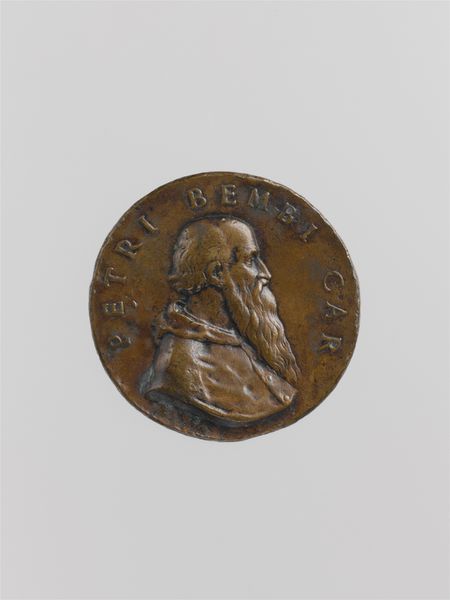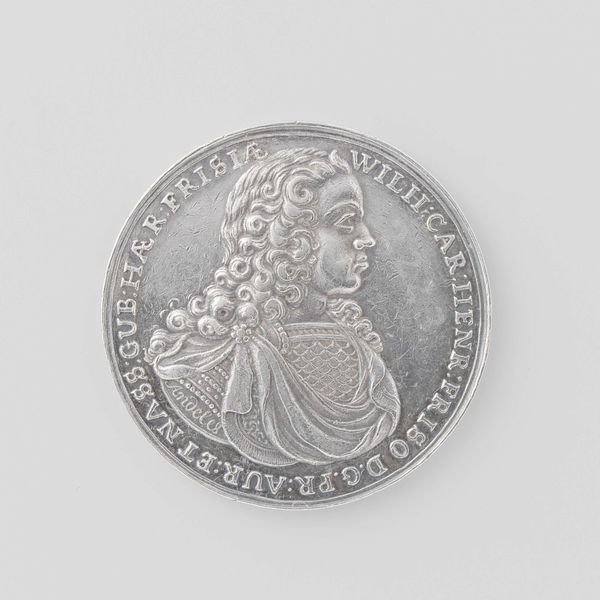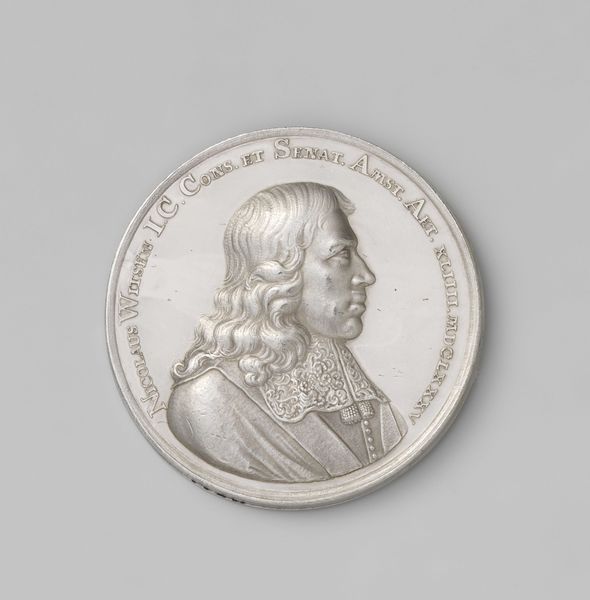
carving, metal, relief, engraving
#
portrait
#
carving
#
baroque
#
metal
#
relief
#
history-painting
#
engraving
Copyright: Rijks Museum: Open Domain
Curator: Here we have "Moord op de gebroeders De Witt," dating back to 1672, crafted by Pierre Aury. The piece is a relief engraving on metal. Editor: Immediately, it feels severe and formal. The monochrome material creates a stark representation of power, or rather, of lives taken. Curator: The artwork depicts the De Witt brothers. Can you expand on that assessment considering the tumultuous sociopolitical context of the period? Editor: Certainly. Consider the Baroque era, ripe with opulent displays of authority, but also fraught with political instability. The use of metal speaks to durability and commemoration. Metalworking at the time required specialized labor, and reflected class structures through the commissioned production. Who funded it is worth further examination. Curator: Indeed. The piece engages themes of martyrdom and justice, fitting within a long history of works that grapple with political violence and trauma. Thinking about today, the rise of polarizing political rhetoric has made the past feel suddenly very present again. Editor: Right. The labor behind this object also becomes part of that broader political landscape. These portraits immortalize figures caught in a cycle of violence, raising critical questions about how we engage with divisive narratives. Curator: It prompts us to examine the function of commemorative objects in society. Who are we remembering, and what specific stories do we memorialize and thereby validate? Editor: Absolutely. The materials here become integral to the message – the deliberate choice to fashion such a graphic moment in metal forces us to consider what labor, skill, and materials get deemed valuable. It brings us back to who and how are stories being manufactured. Curator: Reflecting on it, the object is successful in stirring difficult feelings and complex discussions on political upheaval and injustice that remain pertinent. Editor: For me, it drives home the point of who decides history, and which acts get set in stone or, in this case, metal.
Comments
No comments
Be the first to comment and join the conversation on the ultimate creative platform.

